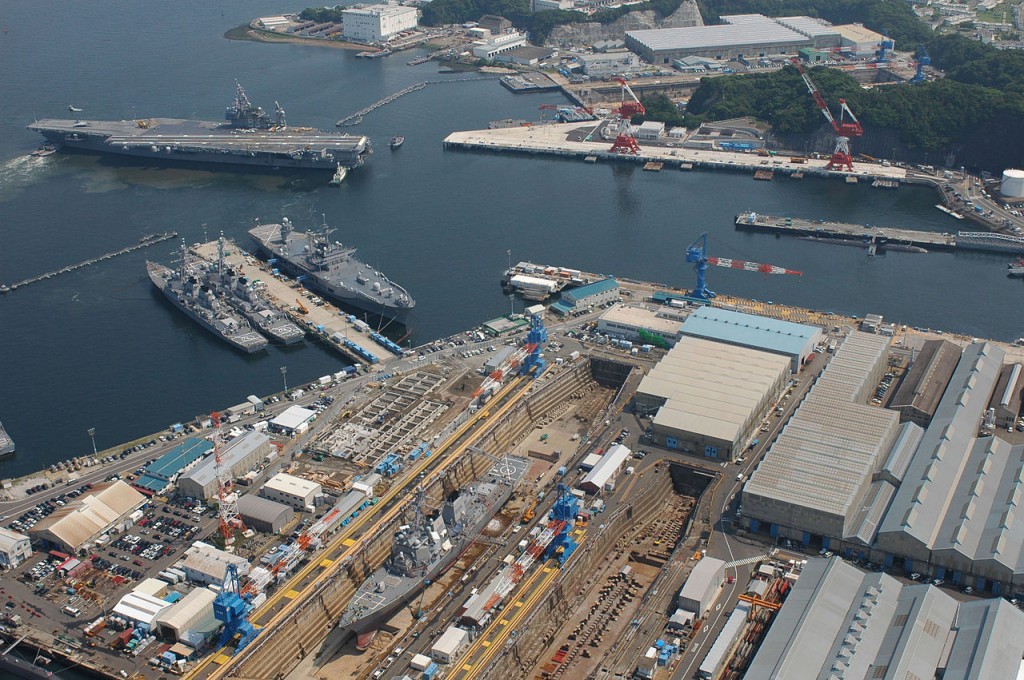
POGO is doing some interesting work on keeping shipyards accountable. The indefatigable Jason Paladino has a pretty good explainer up, talking about the Shipyard Act–identifying concerning issues like the “no-strings-attached” aspects of the $25 billion shipyard supplement, the apparent “quid-pro-quo” on the lobbying/campaign donation side of the shipyard business, as well as questioning the private shipyard subsidy when many of the shipyards/conglomerates are doing quite well financially right now.
All good things to discuss. Here’s the link.
Jason primarily relied on my prior shipyard work in Forbes (here and here), but he did add a quote that, in regards to the public shipyards, “I don’t want to wake up five years from now and find the shipyards have wonderful golf courses on them.” It’s a tongue-in-cheek quip, but it’s true. If, in five years from now, the Public Shipyard repair effort is over-budget and behind schedule, we’re going to see an enormous push to privatize nuclear warship maintenance. And, with the wrong sort of supervision in place, the Navy Yards could make some really foolish investments.
As I wrote in Forbes last week (link here), with the public shipyards, the Navy must now execute. Our Navy folks do wonderfully on the “vision” thing, but execution is where the Navy, time and time again, has fallen short. Yes, it’s a great success to get $21 billion dollars into the shipyards, but if those billions are followed by a drumbeat of failure–bad cost estimates and one missed milestone after another, then nobody in Congress will want to give money to the public shipyards ever again. And then we’ll be stuck sending ships to the private shipyards, and…well, let’s just say that I’d be buying Huntington Ingalls and General Dynamics stock like there was no tomorrow.
Right now, the big SIOP is behind schedule and over budget. Everybody in Congress knows that $21 billion is insufficient. But since too few folks in Congress are doing anything about it–arguing that the expediency of the moment trumps accuracy and internal controls–I’m glad to see in testimony this week that the Navy is being up front about PMS-555’s crappy ROM estimates and that some legislators are getting real about the power-hungry Program Office’s poor performance in executing their vision (PMS-555 did a great job catching the bus, but eating it is proving to be a bit more than the Program Office can handle).
The more the Navy can socialize the fact that the initial estimates for shipyard work was a ROM, the better, and the more it can maneuver to underpromise and then overdeliver on programmatic milestones the better. It’s all about credibility and execution now. Either that, or in about ten years the public yards will be unsalvageable and HII and GD will be doing all the Navy’s nuclear and undersea maintenance.

{ 221 trackbacks }
{ 1 comment… read it below or add one }
variant2